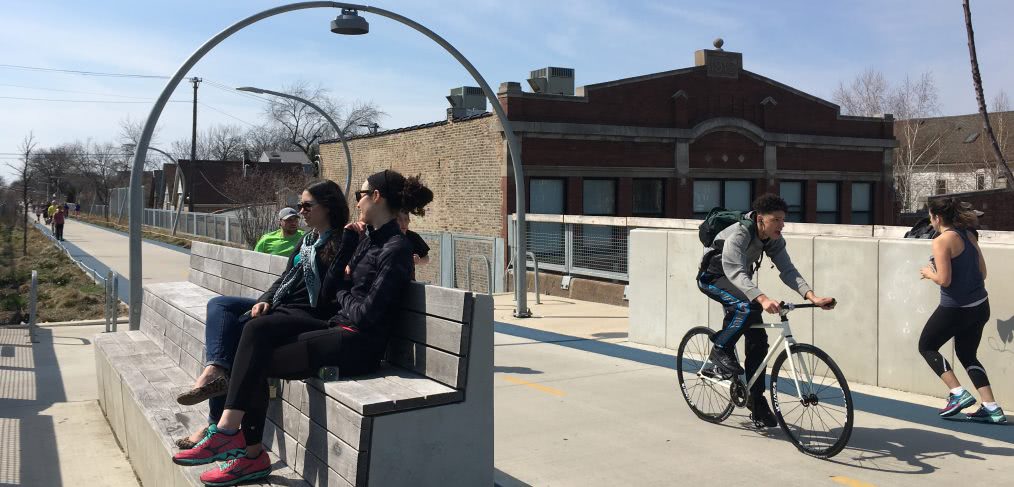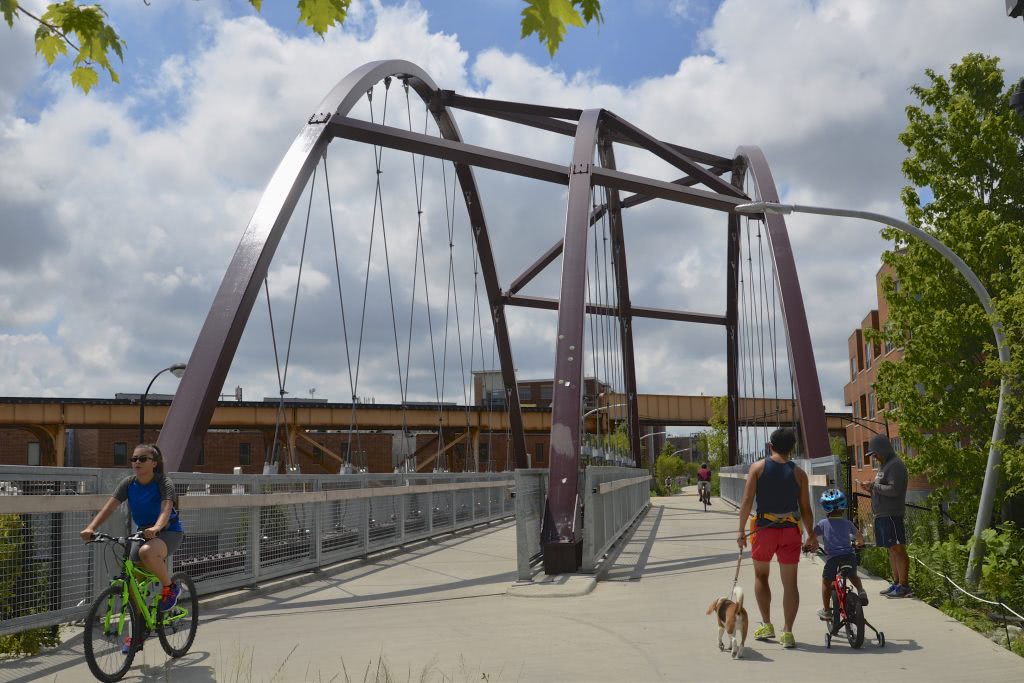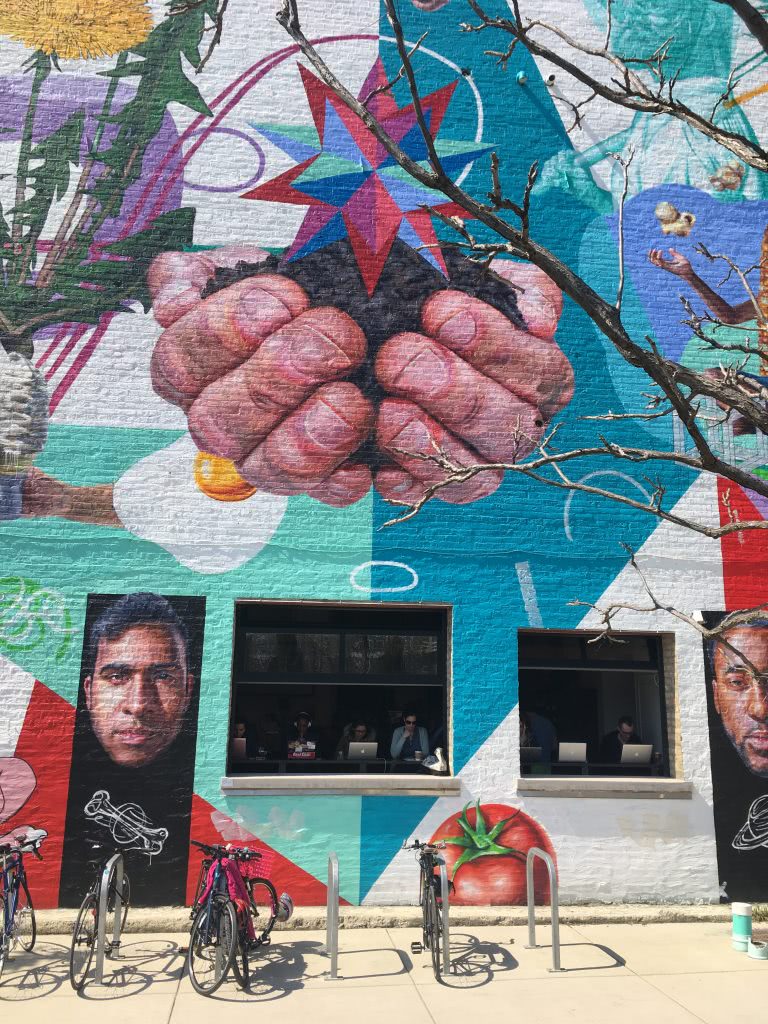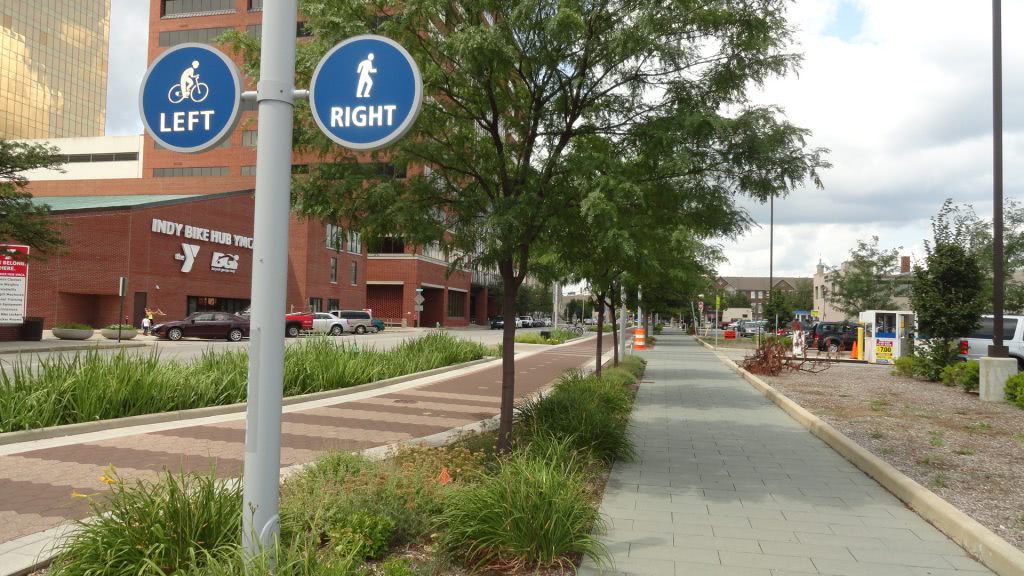
When Infrastructure Meets Culture
It’s a beautiful thing, and the result is urban experience.
The construction of the interstate highway system in the 1950’s changed our way of experiencing cultural attractions in the United States forever. Largely taken for granted now, the Interstate, combined with big cars and cheap gas, allowed us to travel quickly and inexpensively, as the airline industry had not yet matured and Southwest’s Getaway fares were nowhere to be found. Besides spawning a gazillion family trips to national parks, the Interstate also triggered development, from shopping malls at cloverleaves to residential subdivisions in corn fields. Sprawl was born.
Fast forward to 2017. The Interstate landscape is boring. Families visit cities on vacation. Every smart mayor on the planet spends their time thinking of ways to multiply tourist dollars. Urban experience is king. And some forward thinking cities are leveraging existing infrastructure by adding cultural attributes to form a new hybrid: Infraculture.

In Chicago, the experiential and economic successes of Millennium Park are beyond anyone’s wildest dreams. Built over existing (and currently active) rail lines and parking, the combination of Gehry’s Pritzker Pavilion Plensa’s Crown Fountain and Kapoor’s Cloud Gate has proven to be the most potent hat trick of cultural icons this city has ever seen. No cars necessary, Millennium Park is experienced on foot only. In a report given to the Chicago Loop Alliance, analysts estimated that there are 5 million annual visitors to the park, resulting in $1.4 billion in direct spending and $78 million in tax revenue. Seven new hotels and 10 condominium projects attribute their success to the creation of Millennium Park.
Likewise the Highline. Snaking from the Meatpacking District to Gansevoort Street, this 22 block stretch of abandoned elevated track was brilliantly transformed into a landscaped, hardscaped museum of urban experience. Anchored at the south by the new Whitney Museum, it passes over the Chelsea Market, under the Standard Hotel and through gardens, interactive art, cafés and highlights stunning views of the city. Resonating with both tourists and locals, the Highline is like some kind of urban celebrity. People just want to be near it. Originally estimated to boost New York City’s tax revenues by $250 million over 20 years, today the city pegs tax revenues at about $900 million. Overall, $2 billion in new economic activity can be traced to the Highline.
 Also in Chicago, and carefully described by locals as “not the Highline,” the 606 has carved out its own niche. Yes, it’s an abandoned elevated track like the Highline, but the similarity ends there. The 606—so named after the first three numbers of Chicago’s zip codes—is available to walkers, cyclists and skateboarders, and functions more as a crosstown transportation corridor than tourist attraction. With intermittent artists murals and installations, it clearly offers more than just transit, yet it does extend the viability of cycling in a large quadrant of the city, and importantly, intersects with the “Hipster Highway,” a well-travelled section of Milwaukee Avenue that extends from Logan Square all the way downtown. And so far, the public perception of this new piece of infraculture is positive. The prices of single family homes within a half mile of the trail have risen 48.2% since the 606 broke ground. And new multi-family residential projects are planned or under construction near the trail. Other Chicago communities have noticed; a new linear park called “El Paseo” is beginning work in Pilsen, and there has been some discussion of building out the Weber Spur, an abandoned rail bed on the Northwest side.
Also in Chicago, and carefully described by locals as “not the Highline,” the 606 has carved out its own niche. Yes, it’s an abandoned elevated track like the Highline, but the similarity ends there. The 606—so named after the first three numbers of Chicago’s zip codes—is available to walkers, cyclists and skateboarders, and functions more as a crosstown transportation corridor than tourist attraction. With intermittent artists murals and installations, it clearly offers more than just transit, yet it does extend the viability of cycling in a large quadrant of the city, and importantly, intersects with the “Hipster Highway,” a well-travelled section of Milwaukee Avenue that extends from Logan Square all the way downtown. And so far, the public perception of this new piece of infraculture is positive. The prices of single family homes within a half mile of the trail have risen 48.2% since the 606 broke ground. And new multi-family residential projects are planned or under construction near the trail. Other Chicago communities have noticed; a new linear park called “El Paseo” is beginning work in Pilsen, and there has been some discussion of building out the Weber Spur, an abandoned rail bed on the Northwest side.
A few hours south in Indianapolis, the Cultural Trail was opened in 2013 after years of planning and negotiations with the city over right-of-ways. Open to walkers and cyclists, the trail not only encircles downtown, but is connected to a larger regional trail system as well. Cultural attractions abound; Fountain Square, Indiana Avenue, Mass Ave, the Canal & White River State Park and the Wholesale District all share frontage on the trail. New corporate and residential developers have taken note; Cummins Corporation’s new corporate headquarters opened adjacent to the trail this spring, and CRTKL’s 360 Market Square, a 300-unit high-rise with a Whole Foods in the base, will open in 2018. A survey by the Indiana University Public Policy Institute estimates the property value increase along the Cultural Trail at $1 billion. What is becoming apparent in the age of post suburban sprawl is a new appreciation for infrastructure as a conduit for more than cars trucks and trains.

Urban migration is yesterday’s news. Repurposed buildings? Yawn. Repurposed infrastructure? Yeah, that’s new. Infrastructure seems to be in every headline lately. It will be interesting to see if our current leaders can expand the list of infrastructure beneficiaries from cars, trucks and trains to, well, people.
